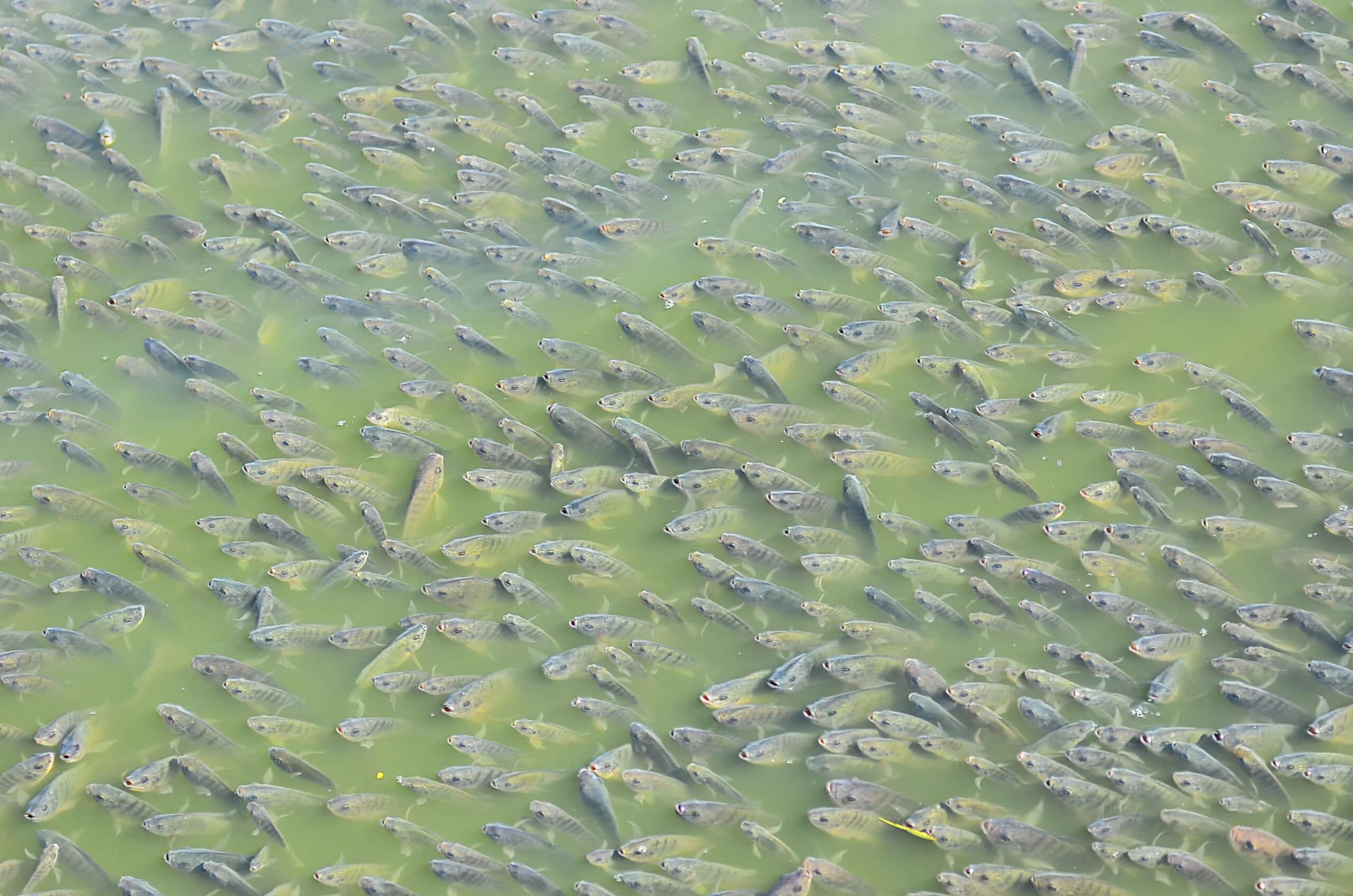How do you tell where the fish are in a lake?
Key Takeaways
- Understanding fish behavior is key to locating fish in a lake.
- Focusing on structure and cover, such as drop-offs, vegetation, and submerged areas, can increase chances of finding fish.
- Environmental factors, like water temperature and weather conditions, as well as technology and research, can also help in locating fish.
Fishing in a lake can be an exciting and rewarding experience, but the key to success lies in knowing where the fish are. Locating fish in a lake requires an understanding of their behavior and the factors that influence their movements. By focusing on structure, cover, and other environmental factors, anglers can increase their chances of finding fish and having a successful fishing trip.
Understanding Fish Behavior
Before we dive into specific techniques for locating fish in a lake, it’s important to understand some basic fish behavior. Fish are constantly on the move in search of food, shelter, and favorable water conditions. They tend to gather in areas that provide them with these necessities, making these areas prime fishing spots.
Focusing on Structure and Cover
One of the best techniques for finding fish in a lake is to focus on structure and cover. Structure refers to the physical features of the lake, such as drop-offs, submerged vegetation, rocky areas, channel bends, riprap, docks, points, underwater humps, and wood. Fish are often attracted to these areas as they provide hiding places, shade, and opportunities to ambush prey.
Cover, on the other hand, refers to anything that provides shelter for fish, such as weeds, grass, and isolated cover. Fish tend to seek out cover to protect themselves from predators and to feel more secure. By targeting areas with structure and cover, anglers can increase their chances of finding fish.
Using Environmental Factors and Technology
While structure and cover are important, other environmental factors also play a role in fish location. Water temperature, wind, and weather conditions can all influence where fish are likely to be found. For example, fish may seek out warmer water in cooler months or move to deeper areas during hot weather.
Anglers can also take advantage of technology to help them locate fish in a lake. Tools like Google Earth Pro, Navionics, and Lakemaster provide detailed maps and satellite imagery that can be used to identify potential fishing spots. These tools can show underwater structures, vegetation, and other features that may attract fish.
Research and Observation
Researching the lake and observing the behavior of fish can also provide valuable insights into their location. Talking to local anglers, consulting fishing reports, and studying lake maps can all help in identifying productive fishing areas. Additionally, spending time observing the lake and watching for signs of fish activity, such as jumping or feeding, can give clues about where the fish are.
Conclusion
Locating fish in a lake requires a combination of understanding fish behavior, focusing on structure and cover, considering environmental factors, and utilizing technology and research. By taking these factors into account and applying the appropriate techniques, anglers can improve their chances of finding fish and enjoying a successful fishing trip.
Related Websites:
FAQs:
Q: How can I tell where the fish are in a lake?
Knowing where the fish are in a lake is crucial for successful fishing. You can determine fish locations by understanding lake structure, reading water conditions, utilizing depth finders and fish finders, observing bird and wildlife activity, and using knowledge and experience.
Q: What is the significance of lake structure in determining fish locations?
Lake structure plays a vital role in fish locations. Different structures like points, drop-offs, weed beds, and submerged structures provide fish with feeding, shelter, and breeding opportunities. Understanding these structures helps anglers identify the areas where fish are most likely to be.
Q: How do water conditions affect fish location?
Water conditions, including temperature, clarity, and currents, greatly impact fish behavior. By observing these factors, anglers can determine where fish are likely to be located. Surface movements, ripples, and disturbances are also indicative of fish activity.
Q: How can depth finders and fish finders help identify fish locations?
Depth finders and fish finders are valuable tools for locating fish. They provide information about underwater structures and fish presence. By interpreting the readings and using the data effectively, anglers can pinpoint areas where fish are concentrated.
Q: What role does bird and wildlife activity play in determining fish locations?
Bird and wildlife activity can provide valuable clues about fish presence. Some bird species, like diving birds or seagulls, indicate the presence of fish. Wildlife behavior, such as ospreys diving or fish splashing, can also suggest areas where fish are located.






